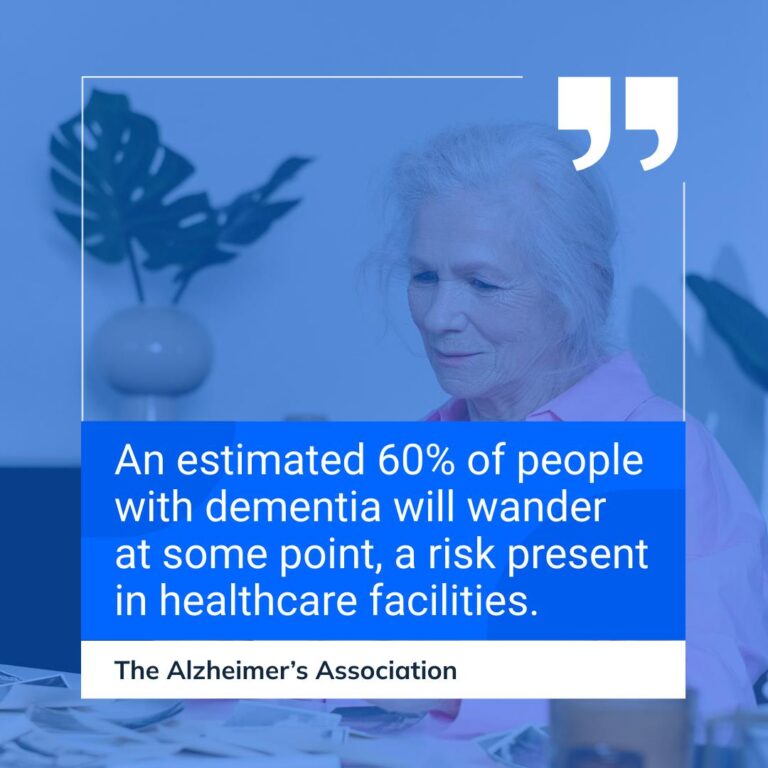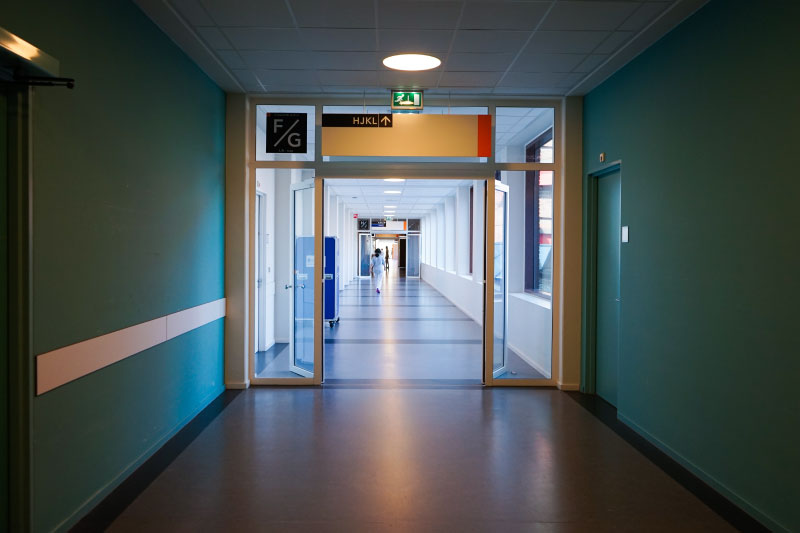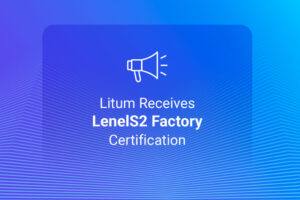In healthcare environments, ensuring patient safety is paramount, especially for those vulnerable to wandering or eloping due to cognitive impairments, psychiatric conditions, or brain injuries. Such patients may inadvertently enter unsafe areas, posing serious risks to themselves and causing concern among healthcare staff and family members. Real-Time Location Systems (RTLS) provide a robust and effective tool to monitor these patients continuously. By employing RTLS, healthcare facilities can significantly reduce the risk of wandering events, enhancing safety for patients while offering peace of mind to both caregivers and family members.
Understanding the Risk of Patient Wandering
Patient wandering occurs when individuals move about without awareness of their surroundings, often leading them into unsafe areas. According to the Alzheimer’s Association, six in 10 people with dementia will wander at least once. Patients prone to wandering, such as those with memory-related or mental health conditions, or those with brain injuries, often face increased safety risks. Incidents of wandering can lead to severe consequences, including falls, injuries, or drifting away from secure areas. Traditional monitoring methods, such as manual checks or basic alarm systems, often fall short in preventing these incidents or providing quick responses when they occur.

However, elopement, which involves individuals leaving a designated safe area, can present a risk for all manner of patients, particularly behavioral health patients and those with altered mental status. Elopements are particularly concerning as they represent some of the highest severity allegations in long-term care settings. According to a 2010 report from CNA, a commercial insurance carrier, the average total per claim for elopement allegations was $393,650, with 70% percent of these lawsuits involving the death of a resident. Considering the significant increase in healthcare costs since then, the potential financial impact of elopement incidents today would likely be even greater.
The Joint Commission considers elopement to be a sentinel event, defined as an unexpected occurrence involving death or serious physical or psychological injury, or the risk thereof. These events are significant and distressing for both patients and healthcare providers. Maintaining a safe environment is essential to mitigate these risks, and advanced technology plays a crucial role in achieving this goal.
Healthcare professionals are tasked with balancing vigilant monitoring and providing direct patient care. The inadequacy of traditional methods not only places patients at risk but also adds to the stress and workload of caregivers, potentially leading to burnout and higher turnover rates. Addressing these challenges with advanced technology is crucial for improving both patient safety and staff well-being.
Wander Management RTLS: Real-Time Solution for Real Life Results
Litum’s Healthcare RTLS for Wander Management is designed to address the complexities of managing wandering and eloping patients. Using advanced ultra-wideband (UWB) technology, the system provides precise, real-time location tracking within healthcare facilities. Patients are equipped with secure, tamper-proof tags that trigger instant alerts if they stray from designated safe zones.
Implementing an RTLS-powered option like Litum’s Wander Management Solution makes life easier and safer in several ways:
- Continuous Location Monitoring and Instant Alerts for Risks: The system continuously tracks patient locations, ensuring that staff are immediately alerted if a patient leaves a safe area or enters a restricted zone. These instant alerts enable quick intervention, preventing potential safety events from escalating.
- Data-Driven Caregiving: Historical location and alert data help caregivers refine care plans and improve patient satisfaction. By understanding patient movement patterns, caregivers can develop more effective and personalized care strategies.
- Reduced Need for Supervision: By automating monitoring, staff can focus more on direct patient care rather than constant surveillance. This leads to more meaningful interactions with patients, enhances the quality of care, and reduces caregiver burnout.
- Optimized Staff Response: Real-time location data helps optimize staff response times and resource allocation. This efficiency ensures that the right staff are in the right place at the right time, improving overall operational performance and patient care.
- Enhanced Access Control: The system ensures only authorized access to restricted areas, adding an extra layer of security. This feature protects vulnerable patients from entering unsafe zones and enhances overall facility security, contributing to a safer environment for everyone.
A Commitment to Innovation and Safety
The integration of RTLS technology like Litum’s Wander Management solution into healthcare settings is a proactive approach to enhancing patient safety. Wander Management RTLS not only addresses immediate risks associated with wandering but also contributes to broader patient safety strategies and fosters a more secure environment.
Litum has shown its commitment to innovation and excellence in the RTLS field, boasting over 20 years of experience and successful deployments in over 50 countries. Litum’s in-house development and manufacturing process ensures that every component of the Wander Management RTLS solution – including wearable tags, anchors, gateways, and charger stations– meets high standards of quality and functionality.
As healthcare facilities continue to face the challenges of managing wandering and eloping patients, adopting advanced technologies like Wander Management RTLS becomes increasingly important. By embracing such solutions, healthcare organizations can enhance patient safety, improve operational efficiency, and create a more supportive care environment.
Contact us today to see how our technology works.



